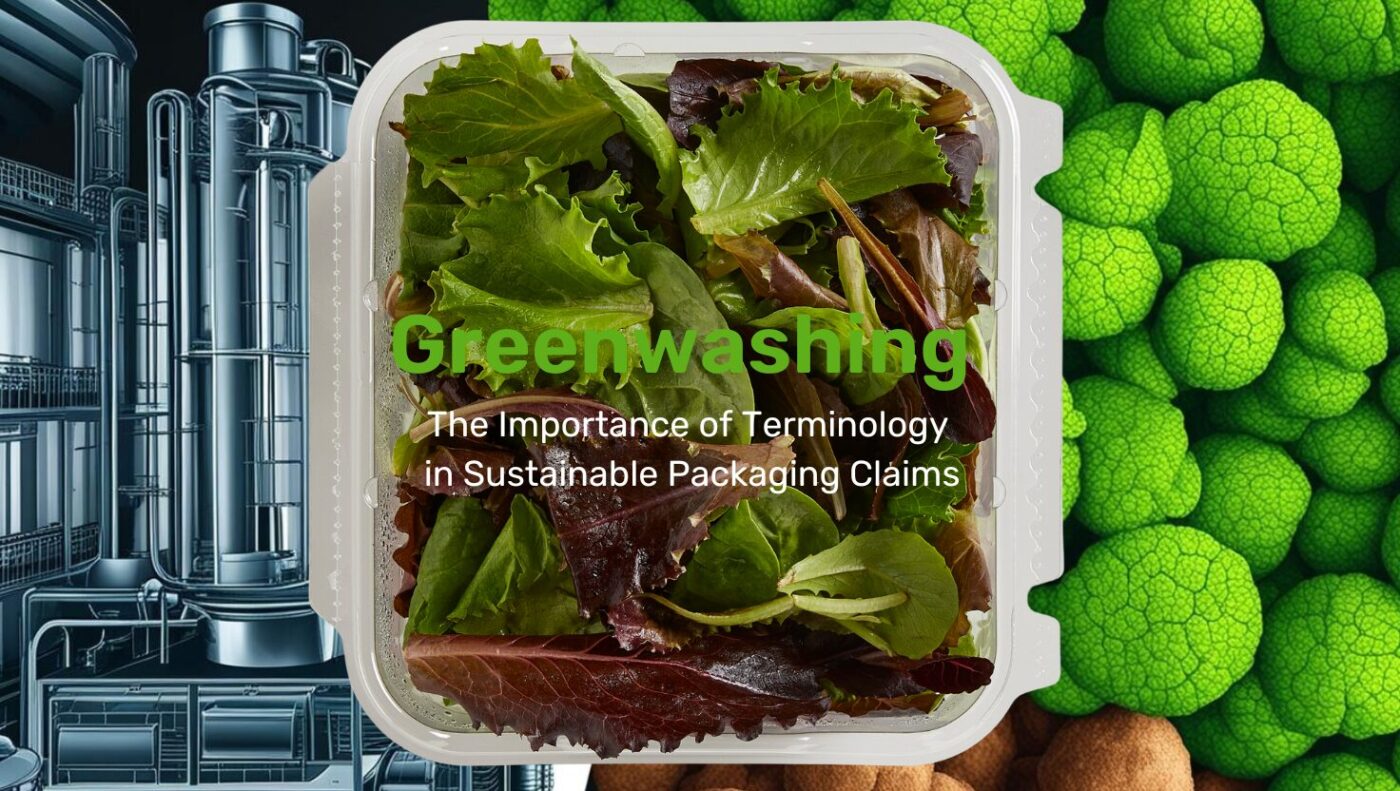
Understanding the Language of Sustainability As the push for sustainable packaging grows,…


As seen on Business Reporter and Independent.
Lately, the negatives surrounding plastic have become predominant. We’ve all seen the images of landfills piled high with waste, yet packaging and sustainability experts Dan Kuehn and Zach Muscato of Plastic Ingenuity share why today’s plastics are more environmentally friendly than alternative substrates such as glass or aluminum.
As a responsible packaging supplier, Plastic Ingenuity shares in the ambition to be more sustainable and increase the circularity of its products. This is at the core of its mission.
No material is intrinsically good or bad. The key is to select the right material for the application. All materials have benefits and trade-offs. In fact, plastic has certain functions that are very difficult, if not impossible, to replicate with alternatives. For example, plastic is very lightweight. It has excellent preservation attributes. It can be formed or molded into a variety of shapes and sizes. But most importantly, plastic has carbon footprint advantages, especially when compared with aluminum and glass.
Climate change is the biggest challenge facing humanity. Plastic Ingenuity feels it’s both preventable and solvable, and plastics need to be part of that equation. It is undeniable that too much trash ends up in a landfill or, worse, the environment. While plastic gets most of the attention, reducing waste is important for all materials.
A circular approach
Plastic Ingenuity’s primary focus is on increasing the circularity of its products. As the world shifts from a linear to a circular economy, materials such as polyethylene terephthalate (PET) plastic remain in use, becoming new items such as carpet, T-shirts or another beverage bottle.
“Plastic has some unique attributes that allow you to rebuild the molecular chains with temperature and pressure and make the material new in a way that you can’t with other substrates,” Kuehn says. “Plastic should absolutely be part of the circular economy, but currently it’s not to the extent that we need it to be. That’s something that the industry, and Plastic Ingenuity in particular, are trying to address.”
Leading with facts
The plastics industry has not done a good job touting the sustainability benefits of plastics over the years. It’s a complicated issue, and easy for the average consumer to get lost in the details. For example, plastic has a lower recycling rate than aluminum, but studies show its carbon footprint is lower despite these lower recycling rates.
“In many cases, brand owners understand the benefits and complications of plastic. But end-consumers don’t due to prevalent misconceptions,” says Muscato.
There’s no debate that packaging is a necessity. “The packaging we make touches millions of lives on a daily basis, from preserving the food we serve our families, to protecting the medical devices and medicines trusted to save lives,” says Muscato.
The challenge is making packaging as sustainable as possible without impeding its function, which is to protect the product. A simple change can have a big impact on greenhouse gases.
“Most people would be surprised to know that one third of the food grown globally goes to waste before it’s consumed,” Muscato explains. “This food loss accounts for 8 per cent of annual global greenhouse gas emissions. The carbon footprint of the product, especially if it’s food, often vastly exceeds the carbon footprint of the package.”
Transitioning to a circular economy
One of the most interesting outcomes in the transition to a circular economy is that consumers and brand owners essentially become their own material suppliers. When packaging is designed with the intent to be recycled, the packages put into the world are optimized to be recovered at the end of their useful life. At Plastic Ingenuity, it’s standard practice to follow strict parameters such as the Association of Plastic Recyclers (APR) design guidelines.
However, there are systemic challenges that must be overcome to make the shift to a circular economy. “Only 52 per cent of Americans have access to curbside recycling programs, and that’s just not enough,” says Muscato. “We must get more access to more Americans, particularly in the central part of the United States. There’s this misconception out there that plastic recycling is a myth, but four billion pounds of plastic get recycled every year. Recycling works. We need to do a better job of building trust in the system.”
Through investments, partnerships and a mutual passion, there have been recent recycling successes. For example, Plastic Ingenuity’s work with the Polypropylene Recycling Coalition improved curbside polypropylene recycling access for more than 20 million people and improved sorting capabilities at 24 materials recovery facilities. “We’re just getting started. The renewed focus on sustainability has really invigorated the industry in a way that hasn’t happened before,” Kuehn says.
Focusing on the future
Plastic Ingenuity believes there are many reasons to be optimistic. “The level of daily action and collaboration with brand owners, and others in the value chain, shows that people are activated to figure this out and it’s going to happen,” says Kuehn. “We will look back on the 2020s as a period when plastic recycling took that next leap forward. We’re excited to continue to contribute to new technologies that will help us unlock that potential.”
About Plastic Ingenuity
Specializing in food, healthcare and consumer goods packaging, Plastic Ingenuity offers a range of services to support customers sustainability and circularity goals, including:
– Sustainable packaging assessment
– Sustainability roadmaps
– Recyclability consulting
– Life-cycle assessment
– Take-back programs
– PI circular newsletter and annual report
– Good Information video series
Learn more about how Plastic Ingenuity can support your circularity and sustainable packaging efforts.

